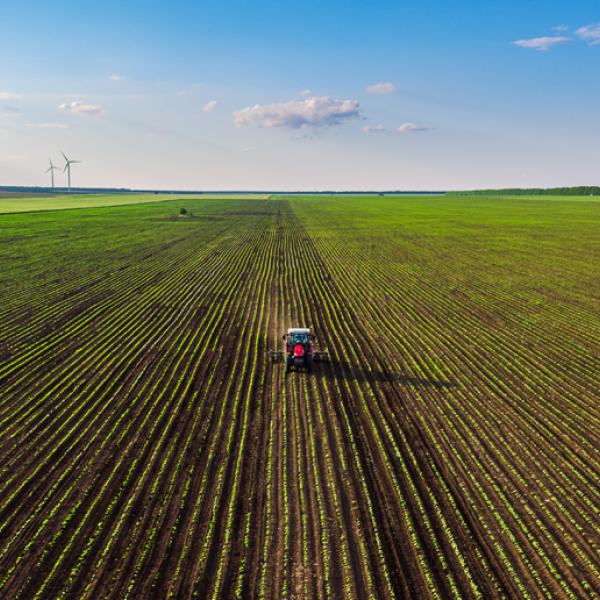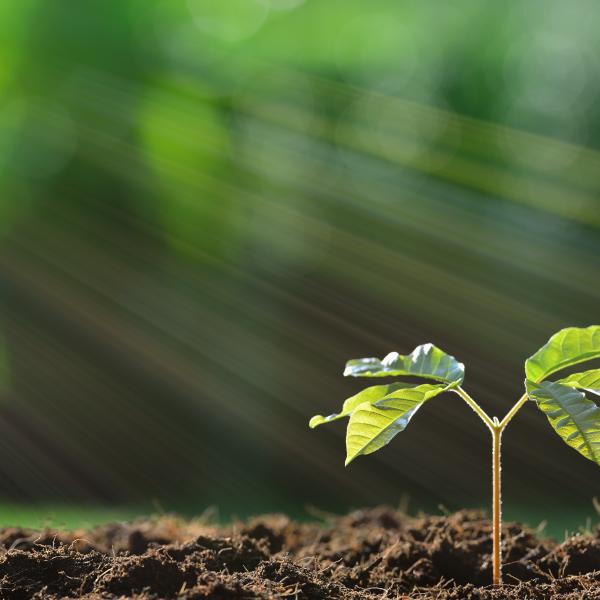In 2009 the journal Science’s cover featured a Hereford cow’s face. The researchers at the Alberta Bovine Genomics Program cheered.
With CFI support, they had made the Canadian contribution to the international effort to map the cow genome, the cover story.
“Our goal is to use genomic information to develop tools that can improve the competitiveness of the Canadian commercial beef sector so they can continue to produce the highest quality product with the lowest environmental impact,” says, Graham Plastow, a geneticist at the University of Alberta.
Since that 2009 milestone, he has helped lead the growth of the Alberta Bovine Genomics Program into Livestock Gentec, a multi-species genomic research centre at U of A.
Now, Plastow and colleagues are using genetic insight to improve the health, feed efficiency and meat quality of Canadian cattle, and other livestock — a benefit both on the farm and at the barbeque.
“What came out of the CFI project was the world’s first tool for doing genome-wide association analysis,” which is the ability to study gene interactions, says Plastow.
That tool was called the 50K Single Nucleotide Polymorphism chip, which enabled researchers to rapidly identify and compare 50,000 genetic markers spaced across the genome.
In 2009, the Canadian dairy industry became the first to adopt the technology for its breeding program.
“Their rate of genetic improvement has doubled since that tool was introduced,” says Plastow.
Several years ago, his team sequenced 300 Canadian bulls, producing a detailed map of cattle genetic diversity. This enabled the lab's spin-off company, Delta Genomics, to create EnVigour HX ™, an innovative tool for predicting the best beef cattle crosses.
Says Plastow, “It's this kind of sequencing that continues to keep us at the centre of cattle genomics in the world.”
Return to the Feeding the country’s need for new knowledge in agriculture collection





